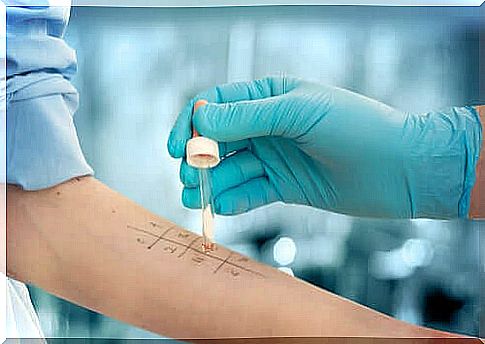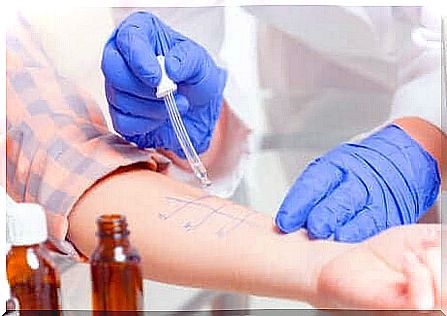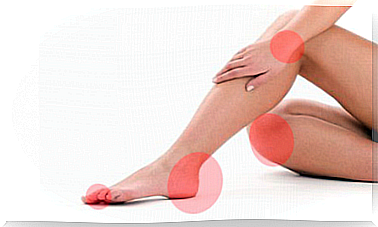What Are Allergy Tests?
Allergy tests performed on the skin are positive when there is a reaction in the area where the substance was applied.

Allergy tests are done to find out if a person is allergic and to find out which specific substances they are allergic to. The idea is that the person knows the substances that cause this reaction so that they can avoid them and improve their quality of life.
Allergies are an increasingly common health problem in our environment. In fact, it is estimated that they affect around 40 to 50% of the population. Although many people still associate allergies with respiratory symptoms, such as sneezing, this is not the case.
A person can be allergic to almost anything. This is a situation in which our immune system overreacts to a substance, as if it is a danger, when in fact it is not.
The most common allergies are to pollen or dust mites and are those associated with typical symptoms such as rhinitis. However, there are many types of allergies. You may also be allergic to a food, such as a dried fruit, medicine, plant, etc.
This is why allergy testing has become an essential part of medical consultations, especially in pediatrics. Therefore, in this article we explain what these tests are and what they consist of.
Allergy tests: skin tests

Allergy testing is usually done based on the patient’s medical history. In other words, the patient should tell the doctor what substances appear to be causing the patient’s reaction.
Skin testing involves applying small samples of substances that usually cause an allergy to the skin. They are called “allergens”. These areas are then observed for signs of an allergic reaction.
This is where the importance of what we tell the doctor lies, because we can guide him to try this or that substance. For example, if you think you are allergic to a metal, such as nickel, which is often found in buttons on clothing, he or she will test for it or for other similar metals.
For skin allergy testing, it is also important to tell your doctor if you are taking any medications. Skin allergy tests are usually done in a doctor’s or nurse’s office.
First, a drop containing the suspected allergen is placed on the skin. Then the skin is slightly pricked, so that this substance penetrates the skin. Then wait about 20 to 40 minutes.
After this period, the patient’s skin is observed to see what has happened. It is considered that the result is positive when in this area there is an elevation of the skin, redness and / or itching. In this case, the patient would be allergic to the substance.
Many studies claim that these allergy tests, also called “prick tests”, are very effective. In fact, these studies indicate that the predictive value of these tests is around 95%.
Other allergy tests
Although skin tests are the most commonly used, other allergy tests can also be used, which have different advantages and disadvantages. For example, an allergy can be diagnosed by a blood test.
Blood test

A blood test can also be used to diagnose an allergy. This is because the blood can be tested for antibodies that specifically occur in allergy. However, blood antibody tests are often nonspecific and do not tell you which substance you are allergic to, only the allergic condition.
However, this is a longer and less sensitive test than skin tests. However, this is a less “risky” option.
Normally, skin tests are not complicated and the risks are very low. However, there are some patients who have a very strong allergy because they are very sensitized and may suffer from problems with such a test.
This is the case, for example, of those who have a difficult allergy episode at the time of the test. A patient with asthma, acute urticaria or very strong allergic rhinitis, it is best to avoid skin tests.
In conclusion
Allergy testing is very useful nowadays, as the incidence of allergies is increasing every year. In addition, they are practically risk-free and allow, most of the time, to establish a correct diagnosis.









